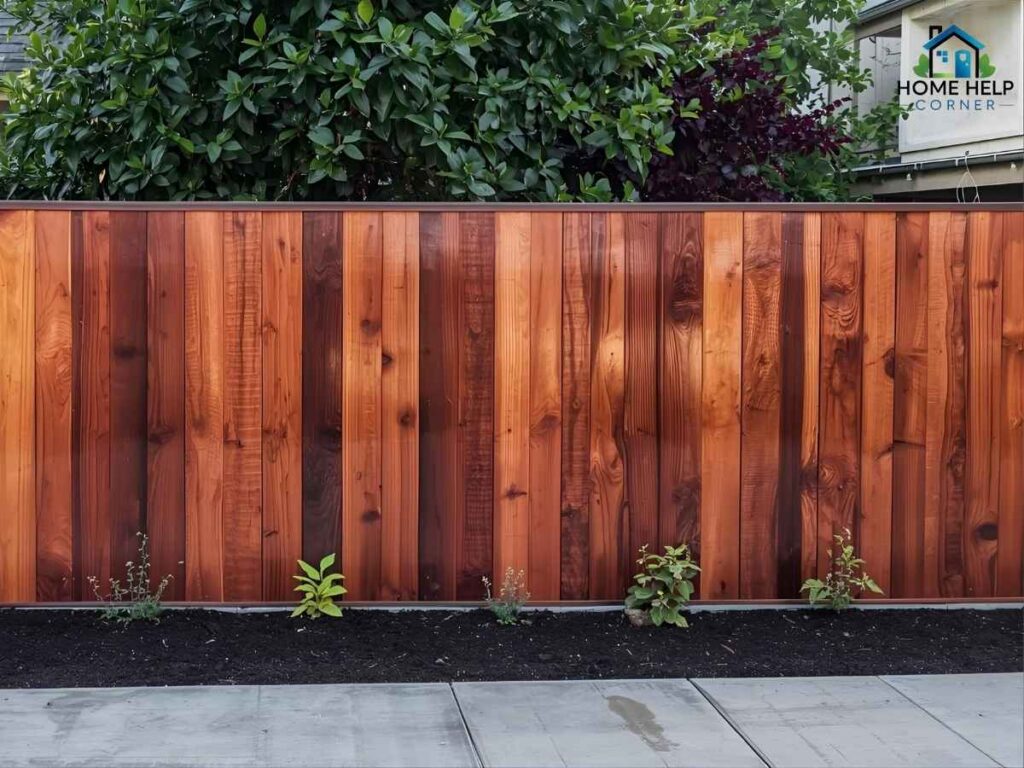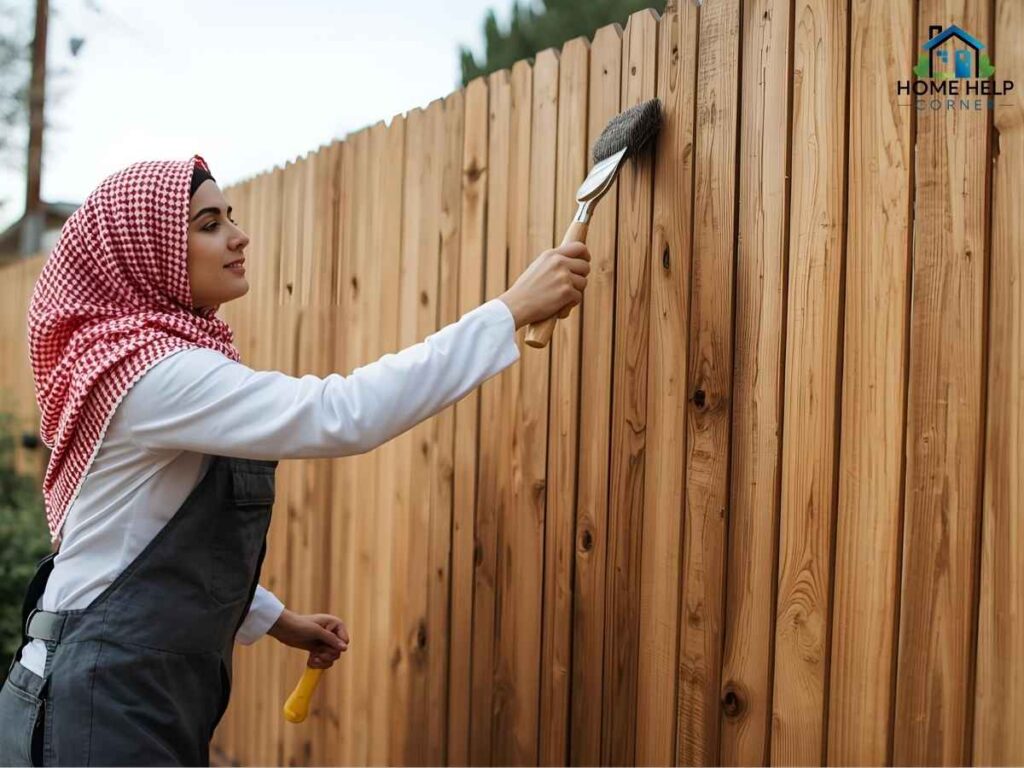When you think of Signal Hill and the neighboring Los Angeles communities like Long Beach, Bixby Knolls, or even the hills of Lakeview, many homes boast beautiful wooden fences that define property lines, add privacy, and enhance curb appeal. But with Southern California’s unique climate — tons of sunshine, occasional marine moisture, and urban pollution — wooden fences face a constant battle against fading, cracking, and weathering. That’s why fence staining is a must-have skill and service for Signal Hill homeowners who want their fences both beautiful and long-lasting.
In this detailed guide, we’ll explore the most effective fence-staining techniques used right here in Signal Hill and surrounding LA neighborhoods. Drawing on local insights, neighborhood case studies, and a spotlight on the top local pros, this article offers everything needed to keep your wood fence vibrant and durable in the Los Angeles sun.
Table of Contents
Understanding the Local Climate Challenges in Signal Hill and LA

Signal Hill, ZIP code 90755, enjoys a warm Mediterranean climate with average highs around 75-85°F year-round and about 13 inches of annual rainfall mostly from November to March. While that sounds gentle, it means plenty of solar UV exposure and dry heat during most months, both enemies of untreated wood. The ocean’s proximity adds a salty marine air that can accelerate wood decay if not properly protected.
Common local climate challenges to wood fences include:
- UV Radiation: Causes wood fibers to degrade, leading to fading, splintering, and surface cracking.
- Moisture Swings: Morning dew and coastal humidity can cause wood to absorb moisture, then dry and shrink repeatedly, weakening its structure.
- Pests and Mold: Marine and urban environments can encourage mold, mildew, and pests like termites or carpenter ants.
- Pollution and Dirt: Urban dust and smog settle on fences, deteriorating finishes and wood integrity.
The solution homeowners use is regular fence staining combined with proper prep and maintenance, turning natural wood grain into a weather and pest-resistant barrier that looks great season after season.
Proven Fence-Staining Techniques in Signal Hill Neighborhoods
1. Comprehensive Preparation Is Key
From Belmont Heights to Hill Street neighborhoods, the most successful fence staining projects start with meticulous prep:
- Power Washing: Clearing away dirt, dust, mold, and old flaky stain layers reveals the raw wood surface.
- Sanding: Smooths rough surfaces and removes loose wood fibers for even stain absorption.
- Repairing: Fixing loose boards or nails ensures the structure is solid before sealing.
- Letting the wood dry completely (usually 24-48 hours depending on humidity) is crucial to prevent trapping moisture.
This prep step is especially important in areas near the Port of Long Beach, where salt and industrial air cause heavier buildup.
2. Choosing the Right Stain for Signal Hill’s Climate
Local professionals recommend using semi-transparent oil-based stains for the perfect balance between protecting the wood and showing off its natural beauty. These stains contain UV inhibitors essential for Southern California’s intense sunlight.
Options include:
- Penofin Semi-Transparent Redwood: Popular in the LA area for its deep red tone and durable UV protection.
- Cabot’s Australian Timber Oil: A favorite for its water-resistant properties and enhanced wood penetration.
- Water-Based Stains: Though faster drying and easy cleanup, they often require more frequent reapplication in arid Southern California neighborhoods like Rossmoor or Seal Beach Hills.
Homeowners in Signal Hill have also experimented with solid stains when they want to change the fence color dramatically or completely cover imperfections.
3. The Best Application Methods for Local Wood Types
In Signal Hill, homeowners often use Cypress, Red Cedar, or Douglas Fir fences—each requiring slightly different care.
- Brush Application: The preferred method by professionals around the Spring Street district. Brushes push stain deep into the wood grain for longer-lasting results. Best for detailed surfaces like picket fences.
- Roller Application: Used for large contiguous fencing surfaces in neighborhoods with larger lot sizes like Signal Hill’s Sunnyside area. Rollers speed up the process while still delivering even coats.
- Sprayer: Quicker but less precise and may require back-brushing to avoid pooling. Favored when weather conditions demand fast work, especially before forecasted clouds or marine fog.
4. Timing Fence Staining for Weather Patterns
Local contractors emphasize that spring and early fall are the ideal times for fence staining in Signal Hill and Los Angeles. The winter’s moderate rains wash off accumulated dirt but allow the wood to dry before staining. Summer heat is too intense, causing premature drying and poor penetration. Avoid staining during the peak afternoon sun or outside when humidity is high from marine layers.
Neighborhood Case Studies: Successful Local Fence Staining Stories
Case Study 1: Belmont Heights Beauty
Homeowners on 3rd Street in Belmont Heights hired a local staining contractor to breathe new life into their aging cedar fences. After comprehensive power washing and sanding, the team applied a Penofin semi-transparent stain by brush, respecting the intricate wood grain. The finished fence resisted summer sun fading and preserved its deep reddish hue throughout two consecutive LA summers, delighting the family with a fresh, rich aesthetic and enhanced privacy.
Case Study 2: Hill Street Revamp
In the Hill Street neighborhood, a family property with pine fencing close to the highly industrialized Signal Hill area faced challenges with dirt and UV damage. The contractor used an oil-based stain with added mildew inhibitors after repairing minor damage. They applied the stain with rollers for coverage speed and followed up with detailed brushwork on edges. Result: a satin finish that withstood LA’s coastal humidity and kept its protective barrier for over three years.
Case Study 3: Sunnyside Staining Efficiency
A homeowner in Sunnyside opted for a spraying method combined with back brushing to stain a large fence quickly before seasonal marine fog. Using Cabot Australian Timber Oil, the project finished on time before fog moisture could interfere. The finish remained vibrant throughout the year and showed minimal cracking even with LA’s temperature swings.
Top 3 Local Fence-Staining Service Providers in Signal Hill and Los Angeles
1. Bay Scenery Fence & Deck Care
Based in Signal Hill, Bay Scenery specializes in wood fence restoration and staining with over 15 years serving Greater LA neighborhoods. They prioritize eco-friendly, long-lasting stains fitted to neighborhood climate demands. Website: bay-scenery-fence.com
2. AllBright Painting
Located in Valencia but serving LA County extensively, AllBright Painting excels in wood staining residential and commercial fences with premium-grade stains and skilled crews. Known for quick service and attention to detail. Website: allbrightpainting.com
3. Superior Fence & Rail
Though nationally known, Superior Fence & Rail has a strong presence in Los Angeles, with expertise in cedar and redwood fence staining tailored to Southern California’s UV exposure and moisture levels. They offer free evaluations on fence condition for staining needs. Website: superiorfenceandrail.com

Local Tools and Resources for Fence Staining Projects
- LADWP Water Conservation Tips: When washing fences, avoid excessive water use. LADWP offers guidance for eco-friendly cleaning in 90755 and surrounding area. ladwp.com
- LA County Building and Safety: For fence permits and regulations specific to Signal Hill and other LA neighborhoods, including fence height restrictions and staining approvals. lacounty.gov
- Southern California Wood Preservation Association: Industry standards and tips specifically for Southern California’s climate challenges with fences. scwpa.org
For Signal Hill residents, proper fence staining is both a protective measure and an aesthetic enhancement. Tackling the job with the right prep, stain choices, application methods, and timing can transform fences into long-lasting features that add value and beauty to any property.
Whether hiring local pros like Bay Scenery or AllBright Painting or doing it yourself armed with these techniques, maintaining your fence with regular staining every 2-3 years keeps it looking fresh despite the harsh LA sun and coastal elements. Take advantage of local resources and freshen up your wooden fence for the seasons ahead!
Frequently Asked Questions About Fence Staining in Los Angeles and Signal Hill
How often should I stain my wooden fence in Signal Hill?
Due to Southern California’s strong sun and coastal air, staining every 2 to 3 years is recommended to maintain protection and appearance.
Do I need a permit to paint or stain my fence in Signal Hill?
Generally, staining does not require a permit unless you change the fence height or structure. Check LA County Building and Safety for specific rules.
What’s the best time of year to stain a fence in Los Angeles?
Spring and early fall are best, avoiding summer heat and winter rains for optimal drying and absorption.
Can I use a sprayer for fence staining in Los Angeles?
Yes, but it should be combined with back brushing for an even finish and to prevent pooling caused by coastal humidity.
What type of stain works best for LA’s climate?
Semi-transparent, oil-based stains with UV inhibitors and mildew protection provide the best durability and color retention.


